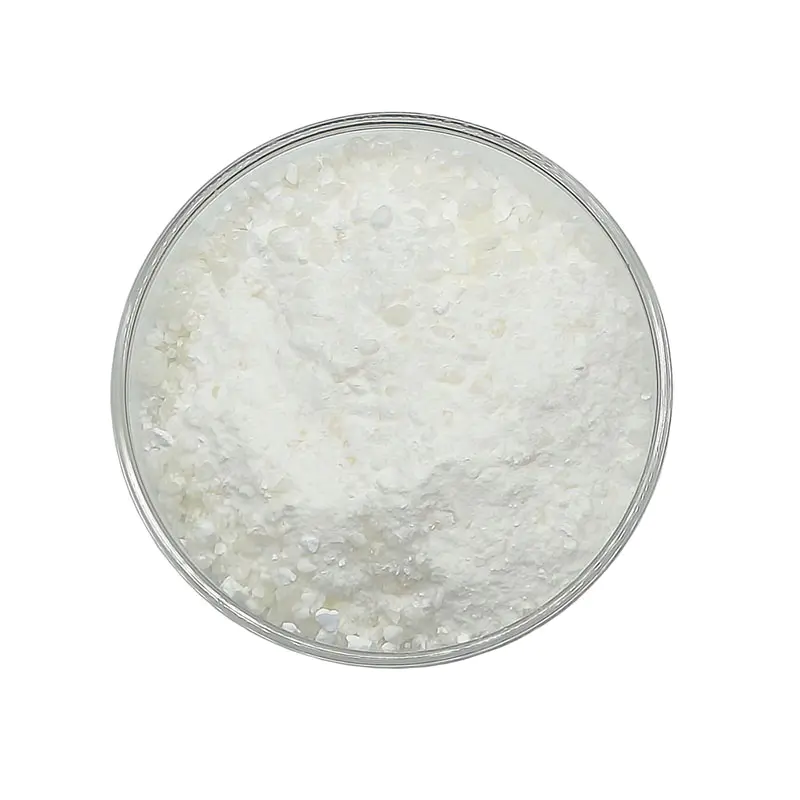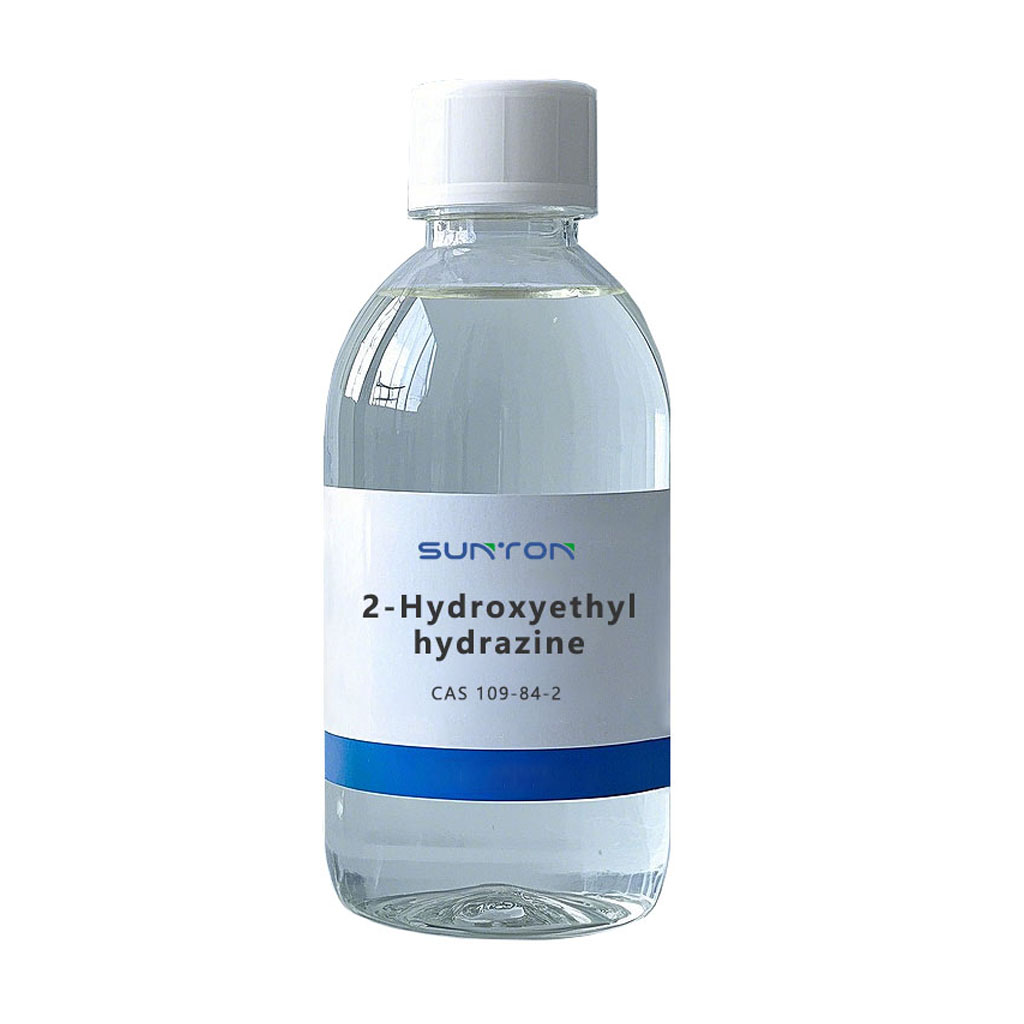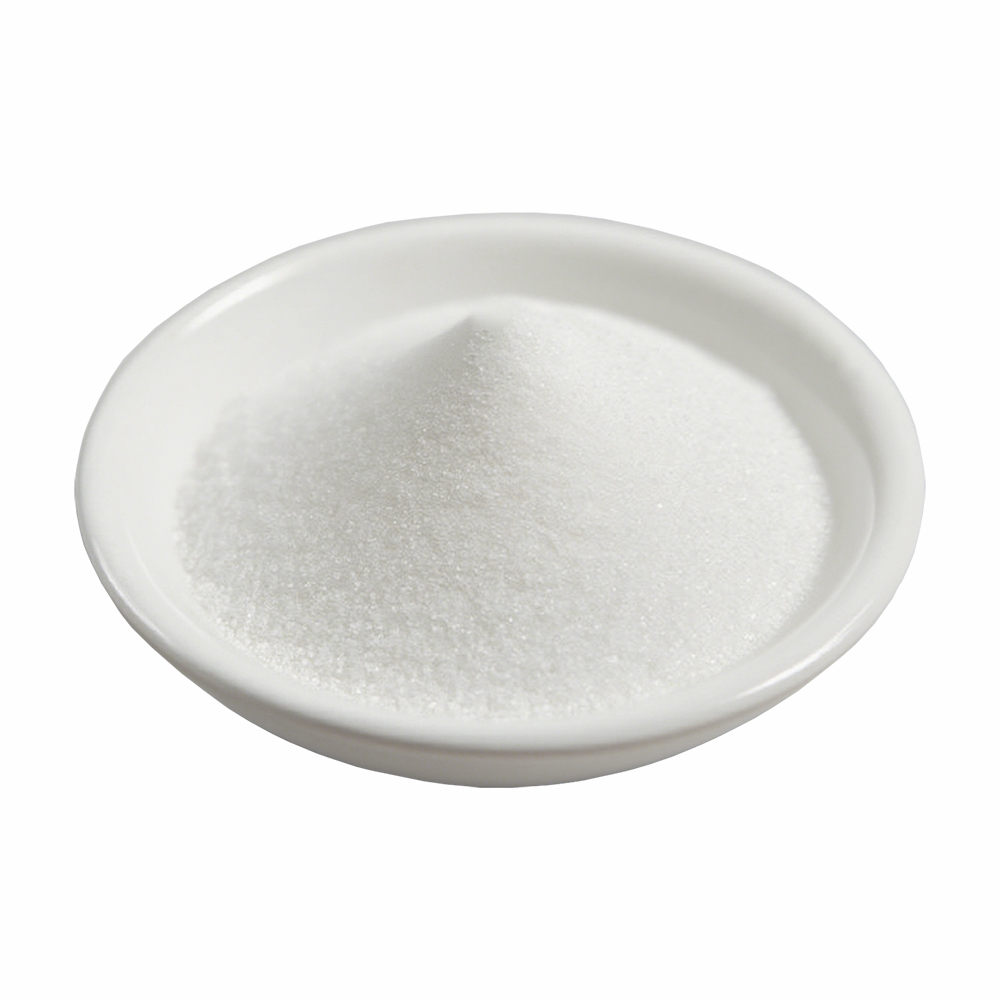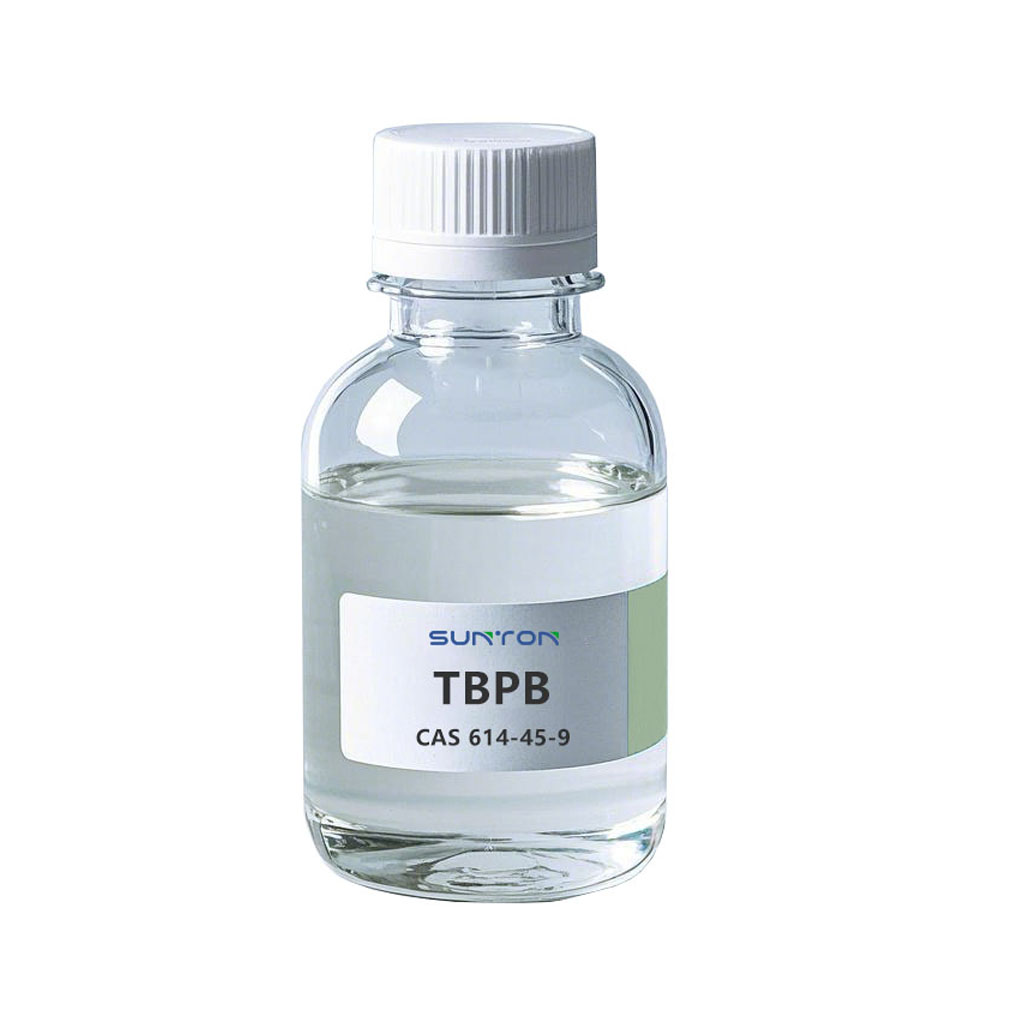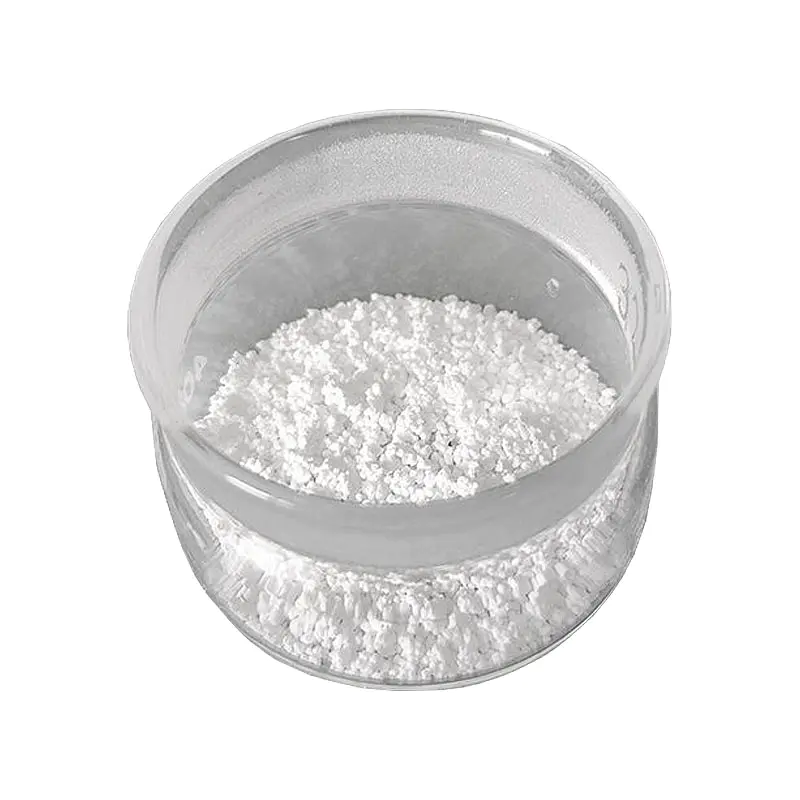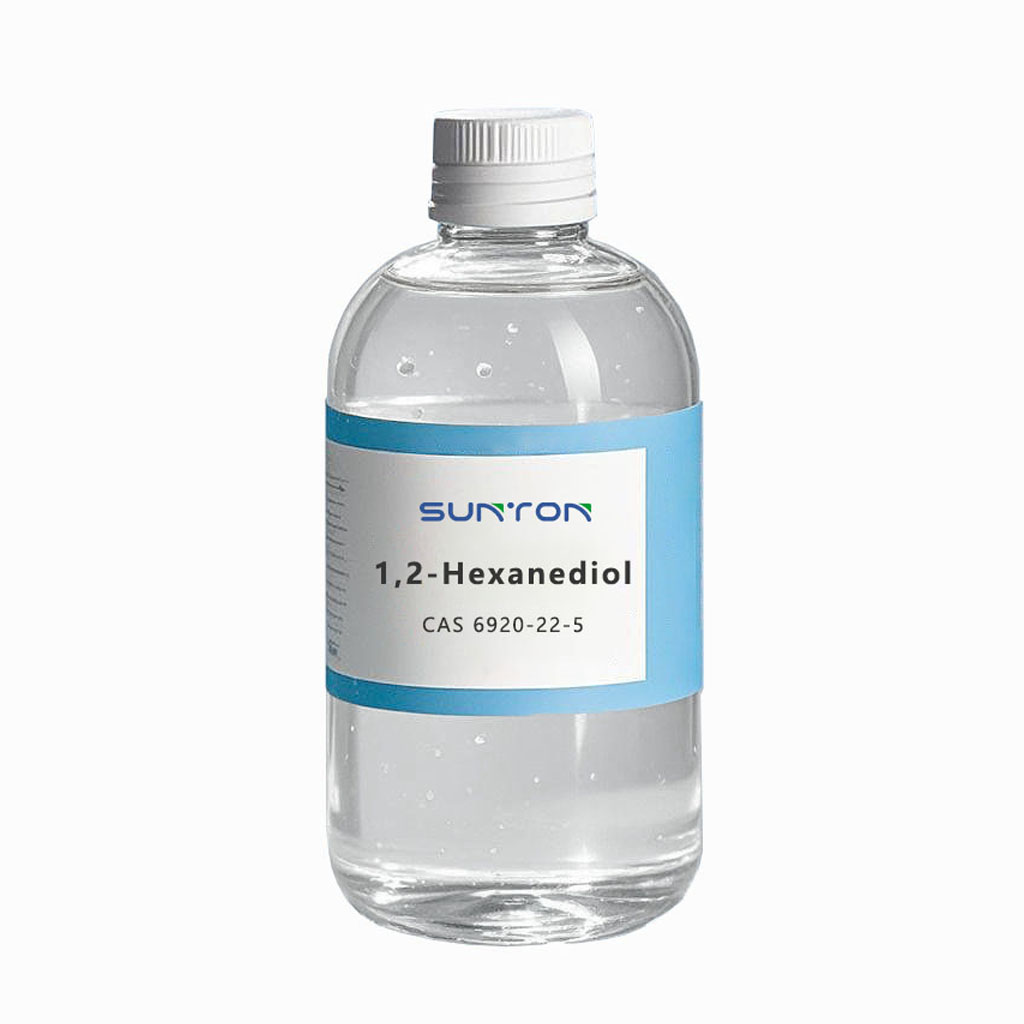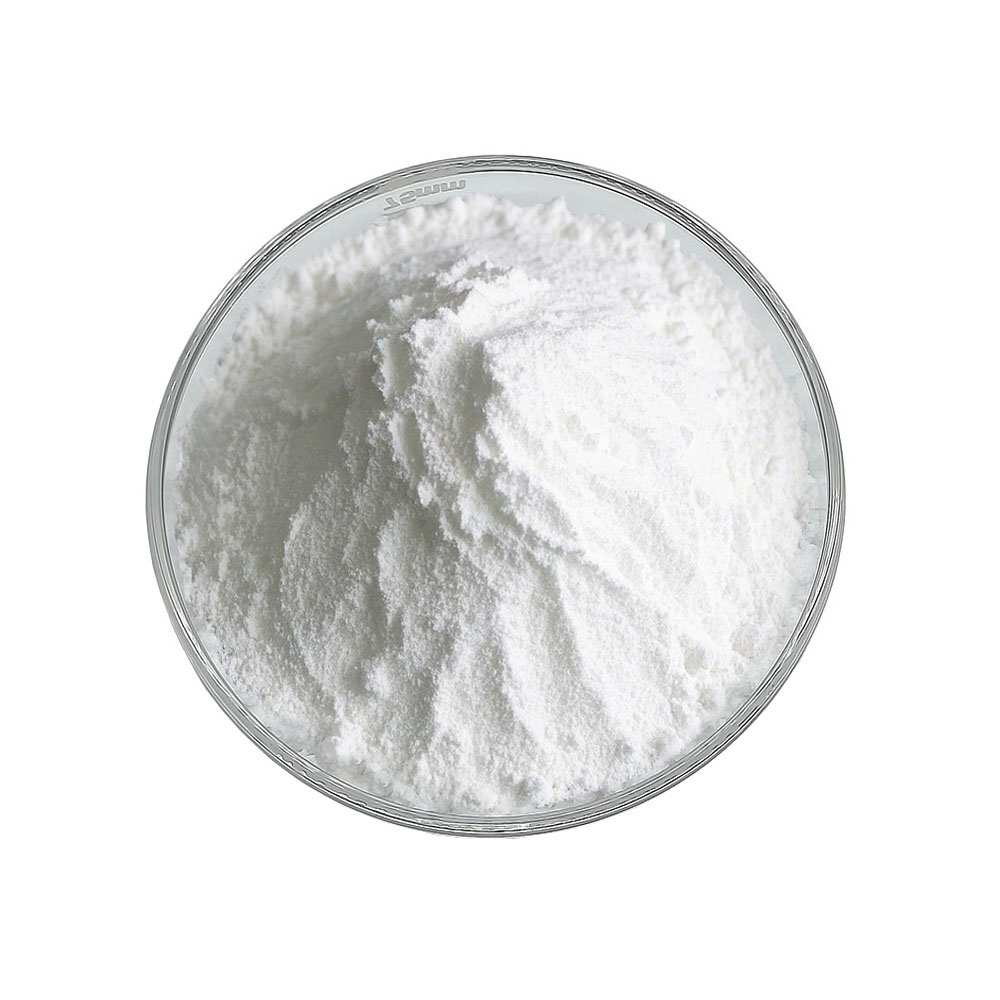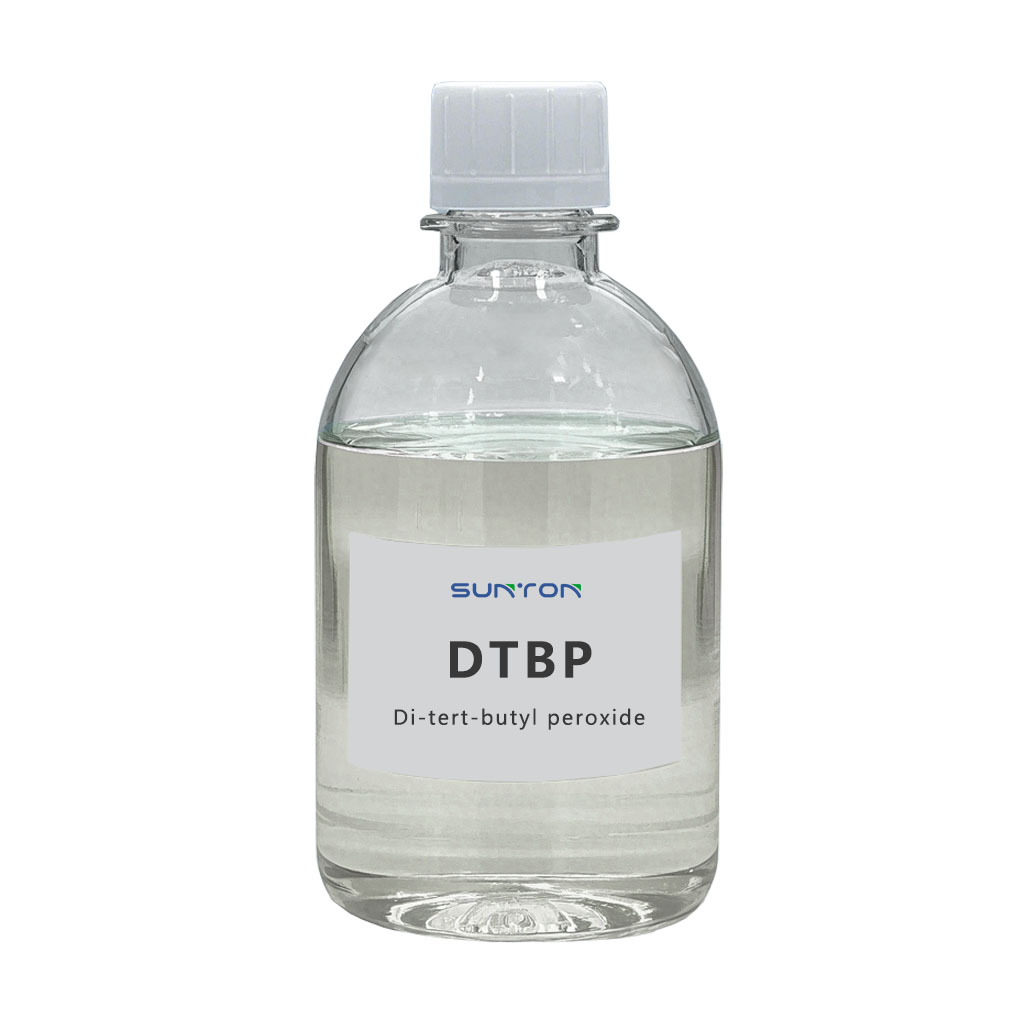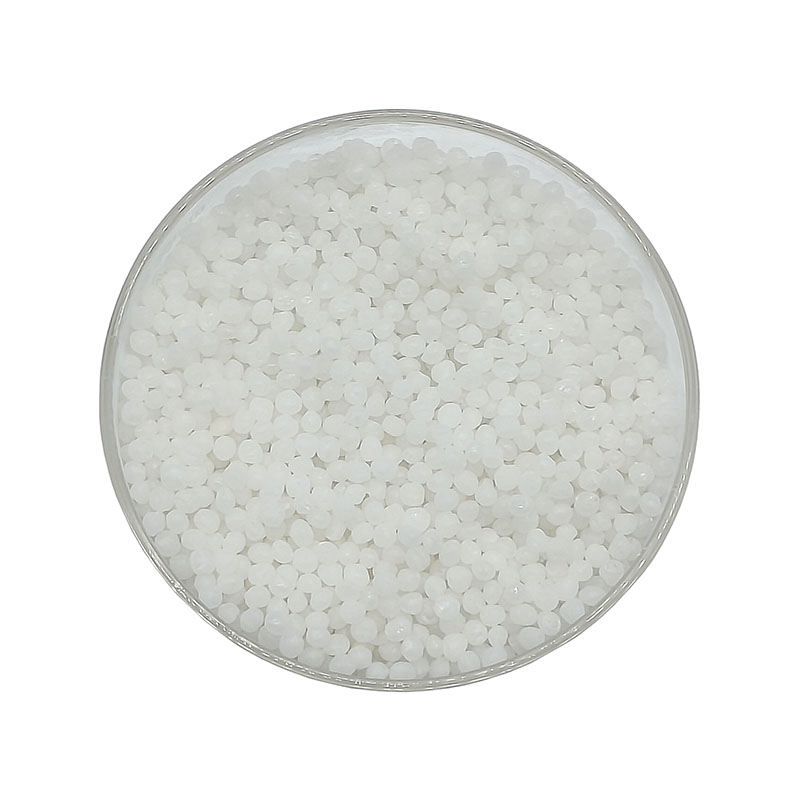Search By Posts
Product Category
Industry News
 By Admin
By Admin
Breakthrough in the application of DMDPB in engineering plastics: How halogen-free flame retardant technology improves material safety
Chemical properties and flame retardant mechanism of DMDPB
DMDPBAs a highly efficient halogen-free flame retardant, its unique molecular structure determines excellent flame retardant properties. The molecules of this organophosphorus compound are rich in benzene ring structure and active phosphorus elements, which can form a stable carbonization layer under high temperature conditions to effectively isolate the contact between oxygen and the substrate. Compared with traditional bromine flame retardants, DMDPB does not release toxic hydrogen halide gas when burned, greatly reducing the risk of secondary damage in fires. Thermogravimetric analysis shows that the carbon residue rate of engineering plastics with DMDPB added is significantly improved at high temperatures, which is a direct reflection of its excellent flame retardant performance.
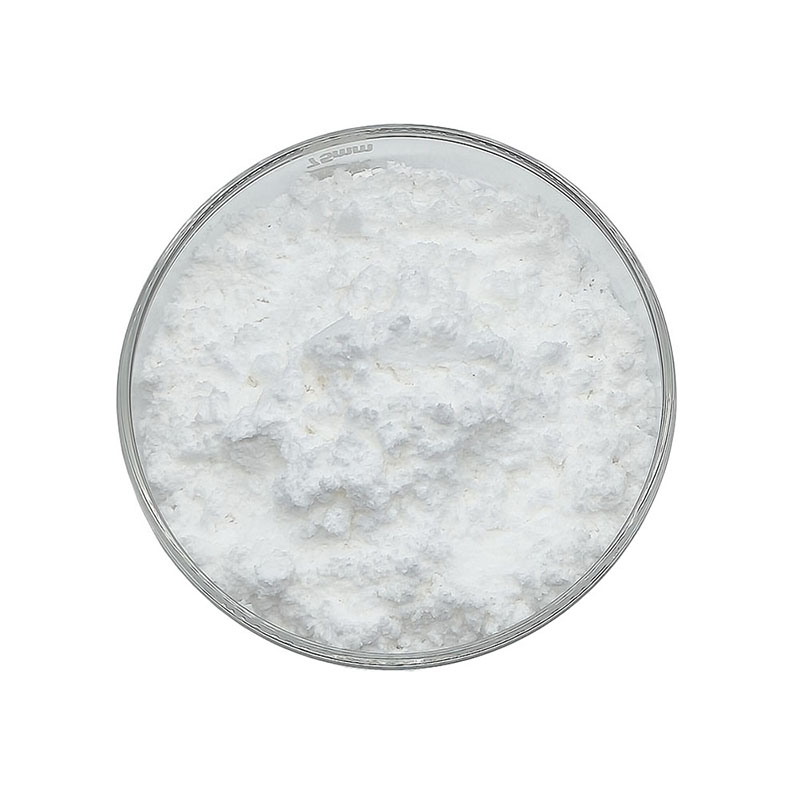
From the perspective of flame retardant mechanism, DMDPB plays the dual role of gas-phase flame retardant and condensed phase flame retardant. In the gas phase, its decomposition product can capture free radicals in the combustion chain reaction and interrupt the combustion process; in the condensed phase, it promotes the formation of a dense carbonized protective layer, inhibiting the transfer of heat and combustible gases. This dual mechanism enables DMDPB to reach the UL94 V-0 flame retardant standard at relatively low addition amounts, while maintaining good mechanical properties of the substrate. It is particularly worth noting that DMDPB has good compatibility with a variety of engineering plastic substrates such as PA, PBT, PC, etc. and will not cause significant material performance deterioration.
Optimized balance of engineering plastic processing performance
DMDPB shows significant advantages in engineering plastic processing. Compared with traditional flame retardants, DMDPB has higher thermal stability, and the decomposition temperature is usually above 300℃, which fully meets the processing temperature requirements of most engineering plastics. This characteristic avoids performance degradation and mold contamination caused by the premature decomposition of flame retardants during processing. Rheology studies show that the addition of DMDPB has little impact on melt fluidity, so that flame-retardant modified plastics can still maintain good injection molding and extrusion processing performance, which is particularly important for the production of complex shape products.
The maintenance of the mechanical properties of materials is another key advantage. The system optimized DMDPB formula can make the tensile strength retention rate of flame retardant engineering plastics reach more than 85% and the impact strength retention rate exceeds 90%. This excellent performance balance makes DMDPB particularly suitable for structural parts with strict mechanical strength requirements. Long-term aging tests show that engineering plastics containing DMDPB can maintain stable flame retardant performance in humid and hot environments, and there will be no problems of flame retardant migration or precipitation, ensuring the long-term reliability of the product. These properties make DMDPB an ideal alternative to traditional flame retardants.
Significant improvement in environmental protection and safety characteristics
DMDPB's most prominent advantage lies in its excellent environmental protection and safety. The full life cycle assessment shows that the entire process of DMDPB from raw material acquisition to final disposal has a significantly lower environmental impact than that of halogen flame retardants. Its production process does not involve toxic heavy metals, and will not release persistent organic pollutants during use, and will not produce highly toxic substances such as dioxin after being discarded. These characteristics make DMDPB fully comply with strict international environmental regulations such as RoHS and REACH, clearing environmental barriers for engineering plastic products to enter the global market.
In terms of fire safety, the smoke density of DMDPB modified engineering plastics is reduced by more than 50% when burned, and the emission of toxic gases is reduced by 80%, greatly improving the chance of escape and rescue safety in fire situations. Ecological toxicity tests show that the toxic effects of DMDPB on aquatic organisms and soil microorganisms are negligible and will not cause environmental pollution. These environmental protection and safety characteristics make DMDPB particularly suitable for areas with extremely high material safety requirements such as electronic products, transportation, and building decoration, providing reliable green safety certification for terminal products.
Application prospects and industry development trends
With the advancement of the global green manufacturing wave, the application prospects of DMDPB in engineering plastics are very broad. In the field of electronics and electrical, DMDPB flame retardant PA and PBT materials are gradually replacing traditional materials and are used to manufacture safety-critical components such as connectors and circuit breakers. In the automotive industry, the application of DMDPB modified engineering plastics in new energy vehicle components such as battery components and charging interfaces is growing rapidly. The mandatory requirements for low-smoke and halogen-free materials in the construction field have also opened up a huge market space for DMDPB.
In terms of technological development, DMDPB's molecular structure optimization and complex technology are still innovating. Through collaborative compounding with other environmentally friendly flame retardants, flame retardant efficiency can be further improved and cost can be reduced. The introduction of nanotechnology is expected to develop a higher performance DMDPB-based nanocomposite flame retardant system. The demand for intelligent manufacturing is driving the adaptation of new processing technologies such as DMDPB formula and 3D printing. It can be foreseen that with the continuous advancement of technology and the continuous expansion of application fields, DMDPB will play an increasingly important role in the field of flame retardant of engineering plastics.
DMDPB's breakthrough in the application of engineering plastics marks the entry of halogen-free flame retardant technology into a new stage of development. Its unique flame retardant mechanism, excellent processing performance and excellent environmental protection and safety provide innovative solutions for the engineering plastics industry that take into account both performance and safety. Against the backdrop of increasingly stringent global environmental protection regulations and increasing fire safety requirements, high-performance halogen-free flame retardants such as DMDPB will become the mainstream direction for future material development. For plastic manufacturers and terminal product companies, adopting DMDPB technology is not only a necessary choice to meet compliance requirements, but also a strategic decision to enhance product competitiveness and brand value. With the continuous increase in sustainable development and safety awareness, DMDPB and its derivatives will surely promote the entire engineering plastics industry to flourish in a safer and more environmentally friendly direction.


 English
English 中文简体
中文简体
